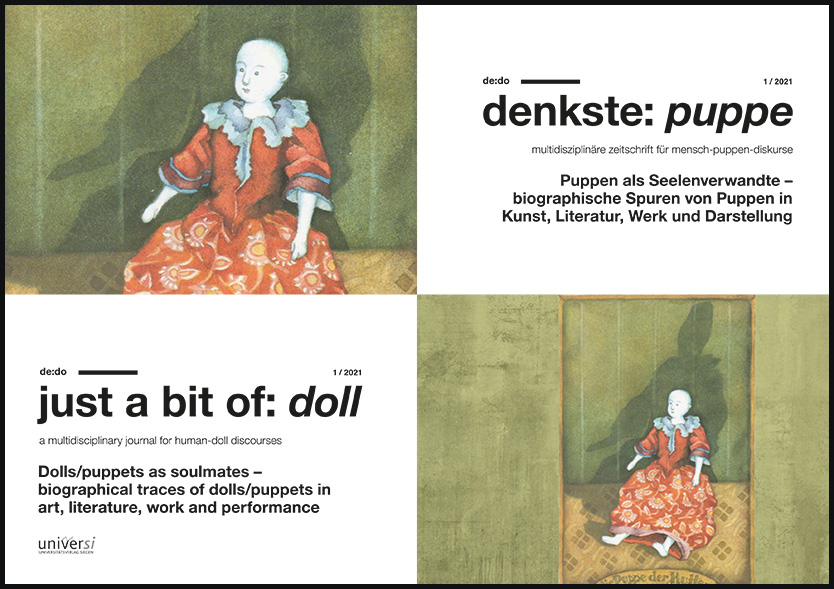›More human than human‹. Digital dolls on social media
Keywords:
digital dolls, virtual influencers, AI Avatars, synthetic media, dollification, cgi-charactersAbstract
Digital dolls have conquered the realm of the Internet. Be it as virtual mannequins, standard computer-generated models, 3D/CGI-characters, or AI Avatars, these fictitious non-humans, who substitute as well as upend real humans, are transforming our notions of social interaction and communication. Their rise as social media icons indicates how the digital natives now perceive reality as a seamless synthesis of the natural and virtual, the physical and digital worlds. Most of us are already accustomed to the way social media blurs the lines between reality and fiction. Yet, digital dolls intertwine formerly separate spheres and function more than just visual interfaces to hybrid realities: For Generation Z, they mean the new Barbies, which propagate unrealistic beauty ideals and allow them to deal with gender concepts, ethnicities, and identities in a playful-combinative way. With advanced technologies such as Artificial Intelligence (AI), these virtual fictional characters now perform human-like across the Internet–for example, behind the masks of beauty, in the role of virtual influencers on social media. Simultaneously, they remain puppets on the string made out of algorithms and codes while continuing to objectify the female body.
Downloads
Published
How to Cite
Issue
Section
License
Copyright (c) 2021 Pamela C. Scorzin

This work is licensed under a Creative Commons Attribution-ShareAlike 4.0 International License.



